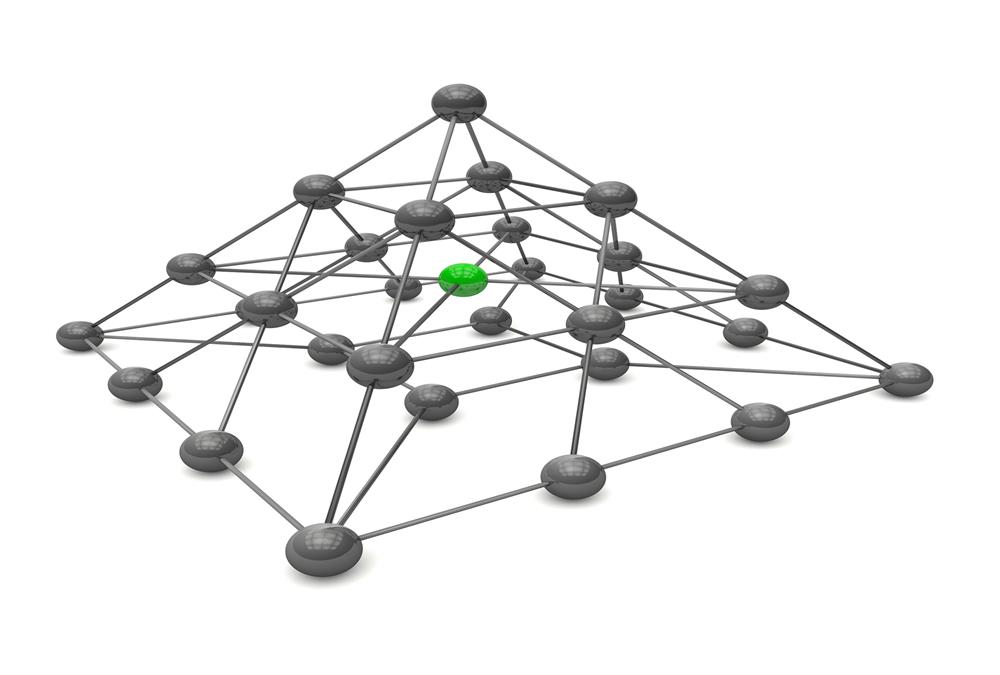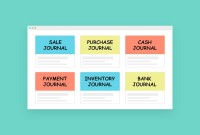- Home
- Business Processes
- Industry Knowledge
- Aerospace Industry
- Automotive Industry
- Banking Domain
- BFSI Industry
- Consumer/ FMCG Industry
- Chemicals Industry
- Engineering & Construction
- Energy Industry
- Education Domain
- Finance Domain
- Hospitality Domain
- Healthcare Industry
- Insurance Domain
- Retail Industry
- Travel and Tourism Domain
- Telecom Industry
- Leadership Skills
- eLearning
- Home
- Business Processes
- General Ledger (Record to Report)
- Network Organizational Structures
Network Organizational Structures
The newest, and most divergent, team structure is commonly known as a Network Structure (also called "lean" structure) has central, core functions that operate the strategic business. It outsources or subcontracts non-core functions. When an organization needs to control other organizations or agencies whose participation is essential to the success, a network structure is organized.
The newest, and most divergent, team structure is commonly known as a Network Structure (also called "lean" structure) has central, core functions that operate the strategic business. It outsources or subcontracts non-core functions. When an organization needs to control other organizations or agencies whose participation is essential to the success, a network structure is organized. In this, the main organization creates a network of relevant agencies and it influences in different ways.
A network structure has little bureaucracy and features decentralized decision making. This structure is very flexible, and it can adapt to new market challenges almost immediately. Flexibility is one of the main reasons why firms pursue network organizational structure in the first place. This allows them to change its production techniques, quantity, products’ designs or stop the production completely without facing any major problems.
Such an organization works like an advanced computer network where many autonomous organizational units interact with each other and the external world to deliver outcomes. Goals and strategy is set by central management but there involvement is limited to building on the capabilities of network units and monitoring progress. Network structure is widely used in non-business organizations which have sociopolitical objectives.
For instance, the National Industrial Development Corporation assigned with the task of rapid industrial development in the country may resort to a network structure in their objective to build an industrial estate. They will act as the lead agency and involve the various other agencies like Electricity Boards, Municipal Authorities, Land Development Authorities, Authorities for Water & Sewage Control, Department for communication facilities etc. They will also need to establish a network with people who would ultimately be using the industrial estate. It would also use the services of an advertising agency to promote the industrial estate and attract maximum number of entrepreneurs. For the construction of sheds and factories they may have to utilize the services of private construction agencies. Thus, a network structure envisages the utilization of a number of different services offered by different agencies. There is need to coordinate the different inputs and synchronize them towards the ultimate objective.
A network structure is meant to promote communication and the free flow of information between different parts of the organization as needed. Managers coordinate and control relations both internal and external to the firm. A social structure of interactions is fostered to build and manage formal and informal relationships. The goal of this structure is to achieve rapid organizational evolution and adaptation to constantly changing external and internal environments. But there's an almost inevitable loss of control due to its dependence on third parties, and all the potential problems that come from managing outsourced or subcontracted teams.
An organization that has been using network structure is H&M (Hennes & Mauritz), a very popular brand that has followers world over. H&M has outsourced the production and processing of their goods to different countries majorly Asian and South East Asian countries. H&M is the core company in its case. As it can be seen, the core company distributes its functions to different companies which, in this case, are present in different countries: product development company in Australia, Call center company in New Zealand, the Accounting company in Australia, Distribution company in Singapore and Manufacturing company in Malaysia.
Related Links
You May Also Like
-
Explore the concept of journal reversals and understand the business scenarios in which users may need to reverse the accounting entries that have been already entered into the system. Understand the common sources of errors resulting in the reversal of entries and learn how to correct them. Discuss the reversal of adjustment entries and the reversal functionalities in ERPs.
-
Concept of Representative Office
A representative office is the easiest option for a company planning to start its operations in a foreign country. The company need not incorporate a separate legal entity nor trigger corporate income tax, as long as the activities are limited in nature.
-
What Is a General Ledger? General Ledger (also known in accounting as the GL or the Nominal Ledger) is at the heart of any accounting system. A general ledger is the master set of accounts that summarize all transactions occurring within an entity. Ledger is the skillful grouping and presentation of the Journal entries. Learn the accounting fundamentals, general ledger process, and general ledger flow.
-
Legal Structures in Businesses
Businesses not only vary in size and industry but also in their ownership. Most businesses evolve from being owned by just one person to a small group of people and eventually being managed by a large numbers of shareholders. Different ownership structures overlap with different legal forms that a business can take. A business’s legal and ownership structure determines many of its legal responsibilities.
-
GL - Accrued / Unbilled Revenue
Accrued revenues (also called accrued assets) are revenues already earned but not yet paid by the customer or posted to the general ledger. Understand what we mean by the terms accrued revenue, accrued assets, and unbilled revenue. Explore the business conditions that require recognition of accrued revenue in the books of accounts and some industries where this practice is prevalent.
-
Although technically a general ledger appears to be fairly simple compared to other processes, in large organizations, the general ledger has to provide many functionalities and it becomes considerably large and complex. Modern business organizations are complex, run multiple products and service lines, leveraging a large number of registered legal entities, and have varied reporting needs.
-
GL - Different Type of Journals
Two basic types of journals exist: general and special. In this article, the learner will understand the meaning of journalizing and the steps required to create a journal entry. This article will also discuss the types of journals and will help you understand general journals & special journals. In the end, we will explain the impact of automated ERPs on the Journalizing Process.
-
The general ledger is the central repository of all accounting information in an automated accounting world. Summarized data from various sub-ledgers are posted to GL that eventually helps in the creation of financial reports. Read more to understand the role and benefits of an effective general ledger system in automated accounting systems and ERPs.
-
GL - Different Accounting Methods
The accounting method refers to the rules a company follows in reporting revenues and expenses. Understand the two common systems of bookkeeping, single, and double-entry accounting systems. Learners will also understand the two most common accounting methods; cash and accrual methods of accounting and the advantages and disadvantages of using them.
-
Introduction to Organizational Structures
Organizations are systems of some interacting components. Levitt (1965) sets out a basic framework for understanding organizations. This framework emphasizes four major internal components such as: task, people, technology, and structure. The task of the organization is its mission, purpose or goal for existence. The people are the human resources of the organization.
Explore Our Free Training Articles or
Sign Up to Start With Our eLearning Courses

About Us
Learning
© 2023 TechnoFunc, All Rights Reserved











